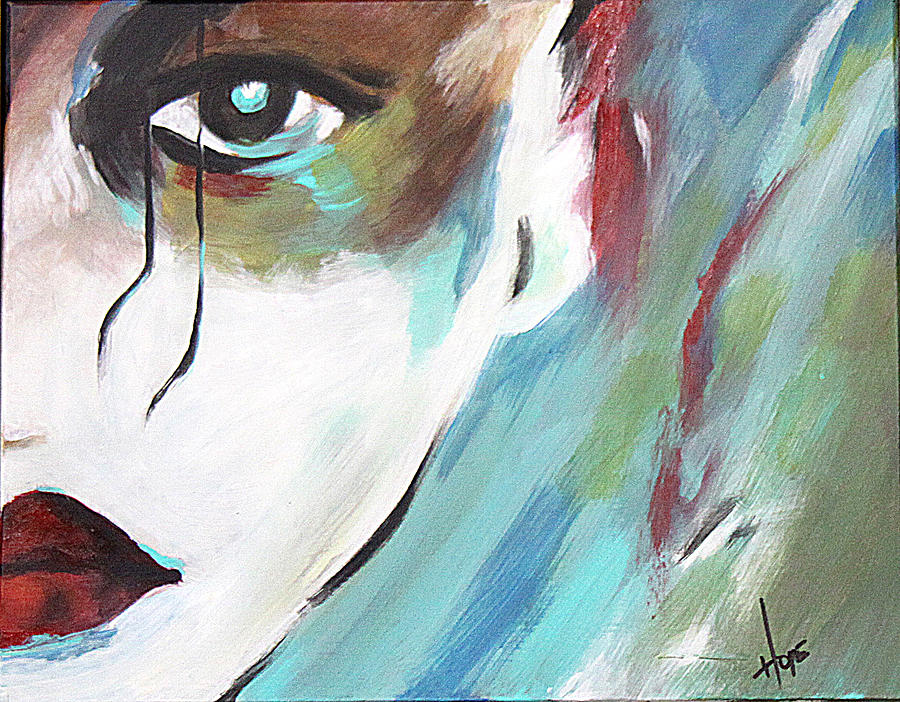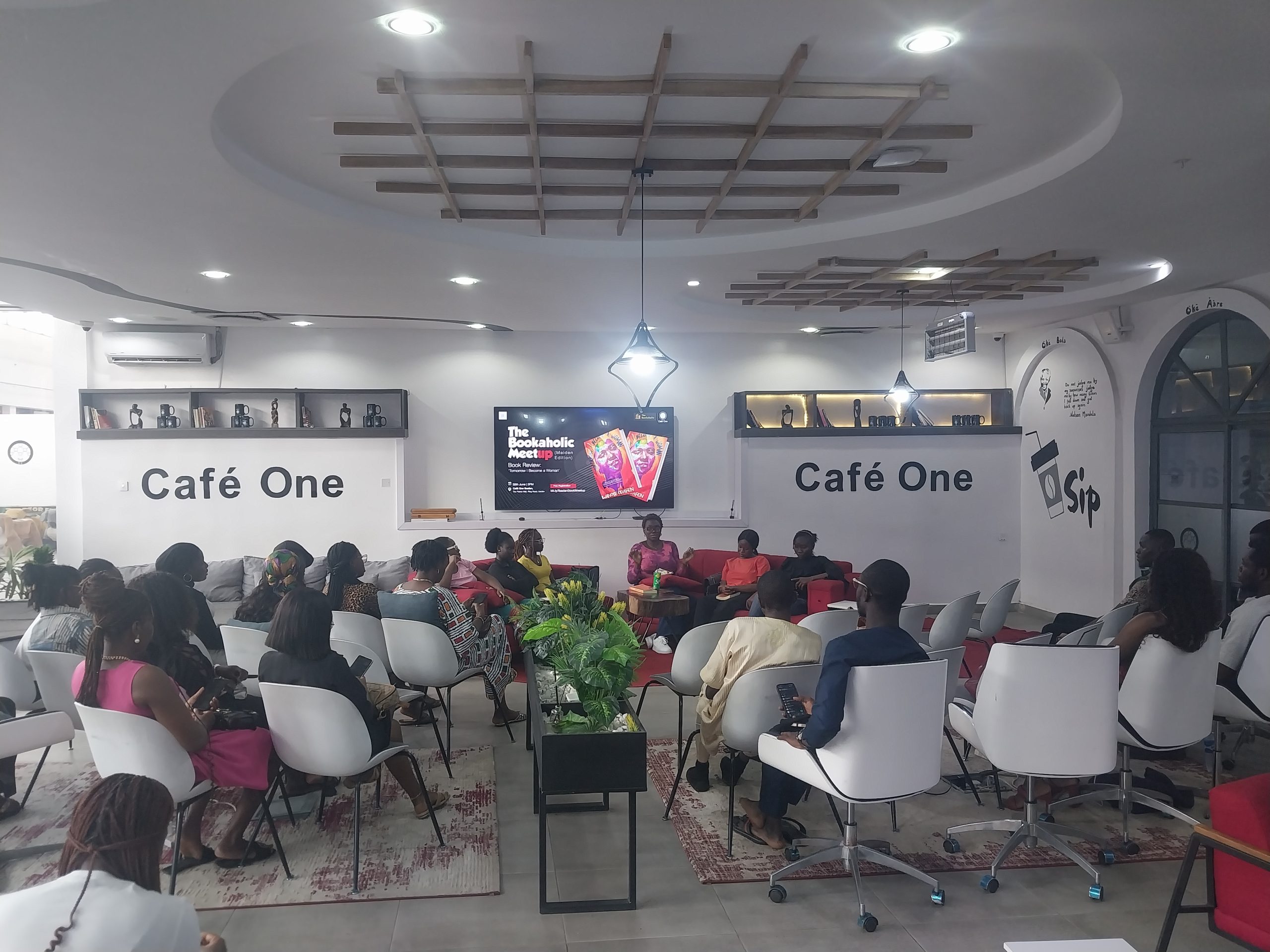NollyTube: How Did Nigerian Cinema Find a Home on the Streaming Monolith?

Google launched YouTube, a free video-sharing website, worldwide in 2005. After Google Search, it is the second most popular website. YouTube brought in more than $30 billion in 2023. It was $3.1 billion in 2013. Just think about what this value will be in the next ten years. Even though there were only 6.69 million YouTube users in Nigeria as of 2022, the proportion of channels earning seven figures or more in Naira has increased by more than 60% annually. Imagine how much money the developers are making now that there are over 10 million users.
Nollywood is the second-biggest movie industry in the world in terms of the volume of its productions, topping Hollywood and only falling behind Bollywood. This didn’t happen in a day; just like most industries, Nollywood has its humble beginnings.
The African Music Research Party was the first professional theatrical company in Nigeria, and it was founded by Hubert Ogunde in 1945. Two years later, he renamed the organization the Ogunde Theater Party. Other well-known theater practitioners, including Ola Balogun, Moses Olaiya (Baba Sala), and Eddie Ugboma, contributed to the process of facilitating the transition from theater to film and television. They did this by introducing professionalism to the trade of filmmaking and established themselves as pioneers in the Nigerian film business. The 1990s and 2000s saw the rise of home videos; this was the time when the Nigerian film industry was beginning to establish its distinct personality. In 2002, a journalist from New York, Norimitsu Onishi, came up with the nonce term “Nollywood.” Since then, it has been the all-encompassing appellation for the numerous Nigerian film and television works that are rendered in English as well as other indigenous languages that are spoken in the country.
Why are all our favorite actors and actresses running to YouTube? Quite simply, MONEY! The more views and subscribers you have, the more money you make. Longer content? More money. Frequent content? You guessed it—more money! Moreover, YouTube’s revenue model allows filmmakers to earn through advertisements and sponsorship. I’ll explain. Nigerian film production is costly. The cost of producing a typical cinema-standard film is high, and the results are unpredictable. Your odds of profiting from the movie theater industry are quite low if you’re not Mo Abudu’s EbonyLife, Funke Akindele, or have well-known names like Timini Egbuson, RMD, Shaffy Bello, or Adesuwa Etomi. However, anyone—literally anyone—may create a movie on YouTube. You can make much more money than you spent if it’s good and popular. YouTube has become a leveler, affording viable chances to those who sought a place in the saturated Nigerian film industry. The majority of YouTube movies are low- to mid-budget, but this is starting to change as well-known performers like Bimbo Ademoye and Etim Effiong are also appearing on the platform. Major producers with YouTube channels include Ruth Kadiri and Omoni Oboli.
Netflix formally partnered with Nollywood in 2020. Lionheart, directed by Genevieve Nnaji, was the streaming giant’s first domestic original film, having previously purchased the rights to the picture two years prior. In 2021, Amazon Prime Video launched local operations in Nigeria, and their first African original film was Gangs of Lagos, which immediately created competition. Although subscription-based foreign streaming services have won over local movie lovers with their high-quality content, the low cost of living of many Nigerians who like movies makes the services unsustainable and unaffordable. With a minimum wage of less than 100,000 naira, how many Nigerians can truly afford to pay thousands on a monthly subscription? Aside from the financial factor, sentiment is another reason Nigerian cinephiles are flocking to YouTube. YouTube videos have brought back memories of Nigerians’ first love before the movie industry became so popular: the home video era, when movies were mass-produced on VHS and DVDs and sold for low prices with oversized titles on the covers, such as “BEYONCE & RIHANNA,” even though it was really just a face-off between Nadia Buhari and Omotola, and you played it till the CD cracked.
One of the pioneer Nollywood YouTube films, Skinny Girl in Transit, released its first episode on NdaniTV in July 2015. Since then, Bisola Aiyeola, Sharon Ooja, and lead actress Abimbola Craig have gone on to do exploits in the Nigerian entertainment space. In addition to onboarding some of its biggest stars to mainstream Nollywood, some Nolly YouTube stars like Maurice Sam, Chidi Dike, Uche Sonia, Ego Nwosu, John Ekanem, and many more have their cult following.
Despite the numerous benefits, many veterans are skeptical about whether the infiltration of YouTube is a net positive for the movie industry. In an episode of It’s a Wrap, John Njamah draws attention to the industry’s lax regulations, which allow for a free-for-all situation where all it takes to become a producer is to set up a YouTube page. “The industry lacks checks and balances. And what that means is that every Tom, Dick, and Harry can just get on board and call themselves a producer without being checked. And of course, the Guild system is not particularly working, so you can’t check this person. There are little or no criteria for judging who should be a director, who should be a producer, who should be an executive, and all of that. So, there are no checks and balances. The system is just not working.” Actor Jidekene Achufusi agrees with this; in a chat with Arise TV, he said, “I feel like it’s a Ponzi scheme. People may come for me. But I feel like it’s a dig-in-while-it’s-here. Like, make sure you ‘don’t dull o.’. ‘Don’t sleep on this one.’ Keep getting. But also, are we moving forward? In terms of injecting cash into the industry, yes, we may be moving forward. But in terms of preaching quality or advocating for actual growth within our film industry, I think we are just retrogressive in that respect. We are very much retrogressive.” “I mean, YouTube films take about four days, five days, and it’s good money. Nobody would say no. But while we are doing that, I hope that we’ll be able to understand that this is a free streaming platform: it’s not like we need any connection to get there. If we do ruin it by either dumping all the low-budget films or moving the talent over there, then definitely we are going to be shooting ourselves in the foot,” he emphasized. As a movie lover myself, I enjoy seeing Nollywood blockbusters like Breath of Life and A Tribe Called Judah win internationally, but I also appreciate seeing this rise of exciting new talents grow from a new industry. Because of their small budgets and quick-paced storytelling style, it remains to be seen how YouTube-based Nollywood films can impose basic professional standards on independent filmmakers. Perhaps the more intriguing question is whether awards such as the AMVCA, which in 2021 created a new category for “Best Online Social Content Creator” (later changed to “Best Digital Content Creator”), will include provisions to honor excellence among Nollywood filmmakers who have embraced the YouTube film subculture.
Olokungbemi Gerald


